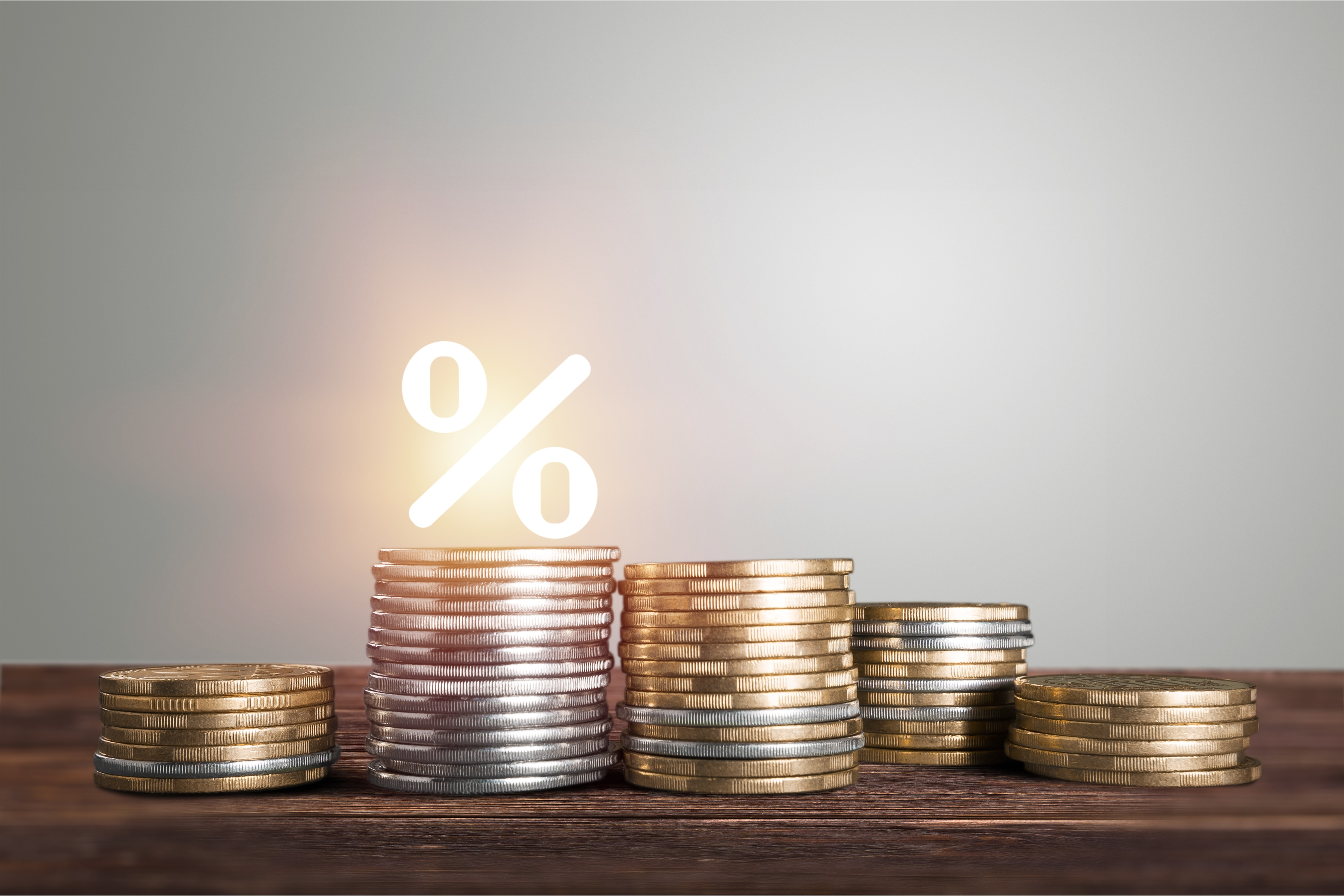
out-of-the-world
banking experience


Table of Contents
ToggleMid cap mutual funds have gained increasing prominence for their ability to generate good returns and wealth creation over time. It is therefore essential to know mid cap meaning, its working, benefits and taxability to understand what makes the mid cap funds so popular. Continue reading to learn more about the best mid cap funds to achieve your financial goals.
Mid cap fund meaning implies mutual fund schemes that invest in companies with a market capitalisation of between Rs.5,000 and 20,000 crores. As such, the best mid cap mutual fund invests in mid-sized, faster-growth-traction Indian companies ranked between 101-250 based on market capitalisation. Market capitalisation implies the current stock price for the total number of a company’s outstanding shares. Such companies have vast experience in the market and have high chances of becoming large-cap companies over time.
The Securities and Exchange Board of India (SEBI) guidelines stipulate that mid cap mutual funds should invest at least 65% of their money across mid-cap stocks or equity instruments.
So, the best mid cap funds pool fast-growing best mid cap stocks together for optimising investor returns, typically over 5-years to 7-years timeline. Most of the existing asset management companies (AMCs) provide mid-cap funds as a single scheme or part of a mutual fund that includes various stock types.
Mid cap meaning implies mutual fund schemes that typically invest in companies with a specific market capitalisation, lying between large-cap and small-cap companies. So, the best mid cap mutual funds generate more returns than large-cap funds. However, they are more volatile than large-cap funds but stable than small caps.
Mid cap funds are suitable for aggressive investors who want good profits from mutual fund investments. So, if you have the risk appetite to withstand short-term losses, huge volatility and an investment goal of at least 5–7 years, then you can consider investing in the best mid cap mutual funds.
For evaluating the best mid cap al mutual funds, you need to consider the critical criteria mentioned below for optimising your returns and minimising risk:
To understand first, what is midcap? You need to verify the chosen mid-cap fund’s historical returns over time, like one year, three years, five years, etc. Compare them with the category and benchmark averages. Select mid-cap funds that consistently deliver better returns than the benchmark and category averages.
Mid-cap funds give good returns over the long term, generally around a 5-7 year investment horizon. So, they are best suited to those with a long-term investment perspective and short-term windfalls.
If you are investing with a long-term investment horizon, want better returns than long-term funds, and are ready to take more risks, then investing in midcap funds would generally give you higher returns than the benchmark indices.
A mid cap mutual fund is riskier than a large-cap fund. So, if you have the risk appetite to withstand short-term losses and market fluctuations, only consider mid cap funds.
While selecting the best mid cap mutual fund, check the expense ratio with the returns. A high expense ratio tends to reduce the overall fund returns.
A mid cap fund usually does not have an entry load, but they do have exit loads. Also, exit loads are levied on midcap fund withdrawals made before the completion of one year of investment.
Mid cap funds are taxed on the same basis as other equity mutual funds. As per the Income Tax Act, 1961, gains from mutual funds sold within one year of investment are short-term capital gains, taxed at 15%.
Gains for mutual funds held over 12 months are considered long-term capital gains and are taxed at 10%. Also, long-term capital gains get taxed when mutual fund gains exceed Rs. 1,00,00 in a financial year.
Follow the below steps to invest in the best mid cap fund:
1. Go to the official websites of the best mid cap mutual funds or AMCs.
2. Click the mid cap fund of your choice.
3. Select the “Invest Now” tab.
4. If you are a new investor, select the “Register Now” tab and fill in your essential mandatory particulars like name, PAN, bank account details, etc.
5. Existing investors should click the “Login” tab to select the midcap fund.
6. Key in the mid cap fund scheme type, amount and mode of operation.
7. Make payment by clicking on the “Proceed to Payment” tab.
Key benefits of investing in the best mid cap mutual funds include:
Mid-cap companies are companies with fast growth potential. So, these companies help investors gain value on their mid cap fund investments over the medium to long term.
Diversification helps in protecting your investments from market fluctuations by investing across various sectors and stocks. Mid cap funds allow diversification, exposing you to fewer risks than small-cap funds.
Most mid cap mutual funds are open-ended, and so are highly liquid funds. You can withdraw from the scheme at any time.
Professionals manage mutual fund schemes with an expert team researching the mid cap best mutual fund investments to optimise returns for their investors.
The investment for mid cap funds starts from as low as Rs.500 for a Systematic Investment Plan (SIP) and Rs. 5,000 for lump sums. So, anyone with a high-risk appetite and a long-term investment horizon can invest even a small amount in these funds.
To save taxes on the best mid cap fund, you can invest in an Equity Linked Savings Scheme (ELSS) and claim benefits under Section 80 C of the Income Tax Act, 1961. Also, you can hold your best midcap fund for more than 12 months to benefit from long-term capital gains. Likewise, your long-term gains up to Rs. 1,00,000 are tax-free in a given financial year.
Mid cap mutual fund schemes are the best bet for those who wish to earn high returns over the long term. However, before investing in a mid cap fund, investors should evaluate key parameters aligned with their investment horizon and risk appetite for maximum returns.
1. Why are Mid Cap funds popular with investors?
Small and mid cap funds tend to achieve excellent growth traction when the economy is booming, helping investors gain better returns than a large-cap fund. Thus, mid cap meaning implies that the best mid cap funds are less risky than the small-cap funds. So, many investors find mid cap mutual funds a more viable investment option.
2. How to evaluate the best Mid Cap Stock?
While evaluating the best mid cap stock, you should consider growth parameters like sales and earnings and value parameters, including price-earnings ratio and price vs cash flow ratio for the stock.


Priyanka Rao is a content strategist for Jupiter.Money, and specializes in writing on topics related to finance, banking, budgeting, salary & wages, and other financial matters. She has a passion for creating engaging content that resonates with audiences across various digital platforms. In her free time, Priyanka enjoys traveling and reading, which allows her to gain new perspectives and inspiration for her work. With a keen eye for detail and a creative mindset, Priyanka is committed to creating content that connects well with her readers, enhancing their digital experiences.
Prithvi Raj Tejavath is currently the Business Head - Investments at Jupiter Money, where he leverages his extensive experience in product marketing, business growth, and leadership. Prior to this, he held the role of Chief Product Marketing Officer and Chief Product Officer at Scripbox, a leading digital wealth management platform. His journey at Scripbox began after the acquisition of Upwardly, a company he co-founded, where he served as CPMO overseeing product and marketing. At Upwardly, Prithvi played a crucial role in making investment opportunities more accessible to a broader audience.
Before Upwardly, Prithvi was Vice President of Category Management & Growth at Urban Ladder, where he managed the P&L for their furniture, décor, and mattress divisions, and successfully launched the Decor and Mattress business units. Earlier in his career, he founded BuynBrag.com, India's first social shopping website focused on home and lifestyle products. Under his leadership, BuynBrag was acquired by Urban Ladder in September 2014.
With a background in online product management, growth strategy, and marketing, Prithvi has consistently demonstrated his ability to scale businesses and drive innovation across sectors. His entrepreneurial spirit and strategic acumen continue to shape his contributions to the financial and investment landscape.

Powerd by Issued by
